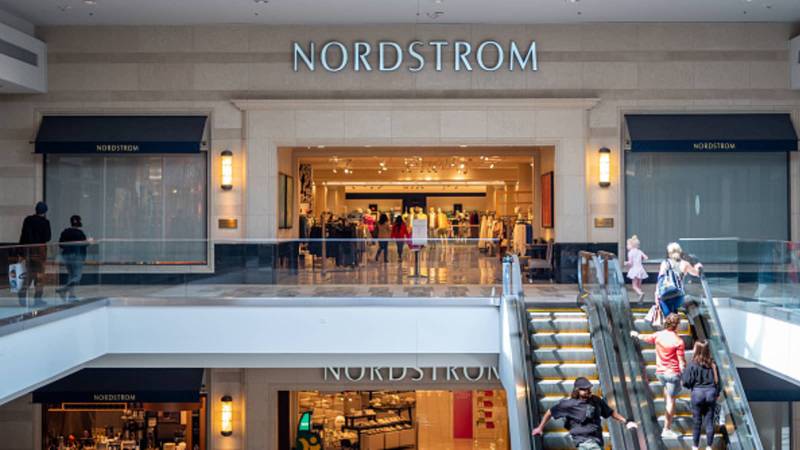Nordstrom Beats Expectations on Wall Street in Q2 Despite Anticipated Sales Declines
Nordstrom outperformed analysts’ predictions for quarterly sales and earnings, demonstrating signs of progress in its efforts to revitalize its struggling business. Despite exceeding expectations, the company maintained its previously stated full-year outlook, indicating cautiousness about the upcoming months. Nordstrom expects a 4% to 6% decline in revenue and anticipates adjusted earnings per share for the fiscal year to be between $1.80 and $2.20, excluding the impact of winding down its Canadian stores and online business.
The Q2 results for Nordstrom, while surpassing projections, still highlighted the challenges the company faces. Sales for the upscale department store during this period remained below levels seen before the pandemic. Unlike other retailers that benefited from pandemic-driven spending, Nordstrom missed out on the surge in consumer spending.
Furthermore, Nordstrom Rack, the off-price chain crucial for the company’s revival, also experienced sales decreases in the reported quarter. CEO Erik Nordstrom emphasized plans to enhance Rack’s sales, improve inventory management, and optimize the supply chain by the end of the year. He assured that these priorities would be pursued while keeping customer satisfaction at the forefront.
Despite the positive performance, Nordstrom’s shares initially rose but later dropped over 4% in extended trading after the earnings announcement.
Here’s how Nordstrom’s Q2 performance, ending on July 29, compared to Refinitiv estimates:
- Earnings per share: 84 cents (vs. expected 44 cents)
- Revenue: $3.77 billion (vs. expected $3.65 billion)
Nordstrom’s net income for the quarter reached $137 million, translating to 84 cents per share, up from $126 million (77 cents per share) the previous year. Net sales decreased by 8.3% compared to the previous year. The company attributed part of this decline to the wind-down of Canadian operations and a shift in timing for its annual anniversary sale. Adjusting for these factors, net sales would have decreased by around 4% year-over-year.
Total revenue also declined approximately 8% compared to the previous period, with Nordstrom’s banner net sales dropping about 10%, and Nordstrom Rack’s net sales decreasing by approximately 4%.
Despite these declines, the company noted improvements in sales trends each month of the quarter, especially at Nordstrom Rack. The CEO highlighted the steady growth trajectory of Rack’s sales throughout the year, driven by customer preferences for newly introduced brands.
While the quarter saw an overall sales decline, specific categories like active wear and beauty products experienced low single-digit growth. On the other hand, designer merchandise faced challenges due to reduced demand, prompting Nordstrom to adjust inventory levels accordingly.
Despite acknowledging theft as a significant problem in some of their stores, the CEO assured investors that the company had factored theft-related losses into its guidance and that the situation was not worse than anticipated.
Nordstrom’s stock performance has shown modest gains this year, up around 4%, but lagging behind the broader market gains of approximately 14% in the S&P 500. As of the most recent close, Nordstrom’s stock was valued at $16.82, contributing to a market value of $2.72 billion.
Disclaimer: The views, suggestions, and opinions expressed here are the sole responsibility of the experts. No Chronicle Scope journalist was involved in the writing and production of this article.





